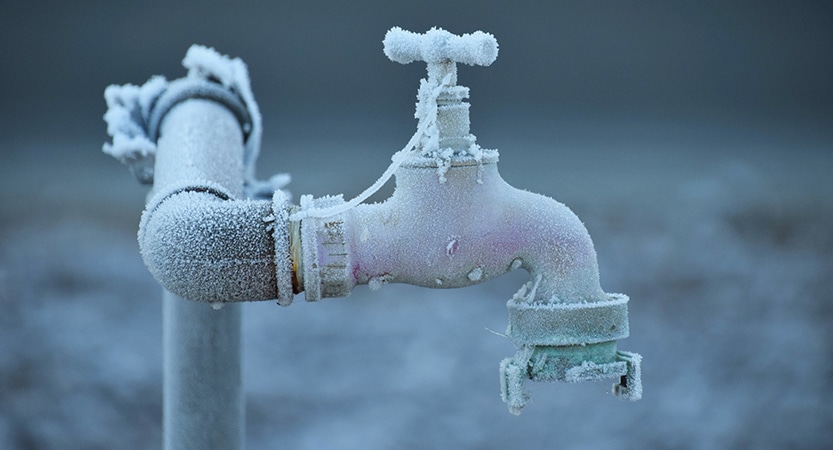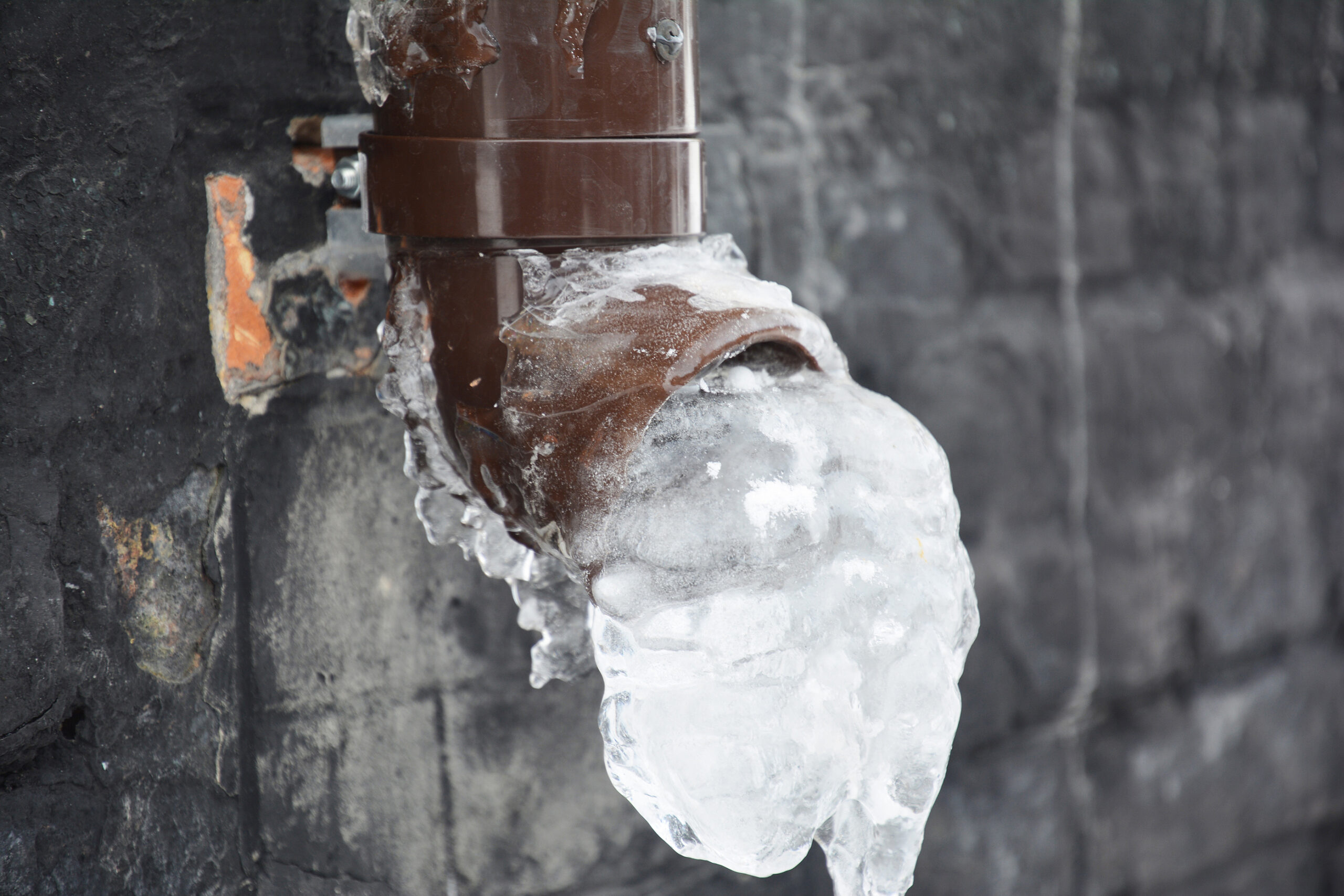This great article further down relating to Prevent Frozen Pipes is quite fascinating. Have a go and make your own conclusions.

Winter can wreak havoc on your plumbing, particularly by freezing pipelines. Below's just how to avoid it from occurring and what to do if it does.
Introduction
As temperatures decline, the danger of frozen pipes rises, possibly resulting in costly fixings and water damages. Understanding just how to avoid frozen pipes is important for house owners in cold climates.
Prevention Tips
Shielding at risk pipes
Wrap pipelines in insulation sleeves or make use of warmth tape to safeguard them from freezing temperature levels. Concentrate on pipelines in unheated or outside locations of the home.
Heating methods
Maintain indoor spaces appropriately warmed, especially areas with plumbing. Open up cupboard doors to allow cozy air to circulate around pipelines under sinks.
How to recognize icy pipelines
Look for lowered water flow from taps, uncommon odors or sounds from pipelines, and noticeable frost on exposed pipelines.
Long-Term Solutions
Structural changes
Think about rerouting pipelines away from outside wall surfaces or unheated locations. Include extra insulation to attics, basements, and crawl spaces.
Updating insulation
Buy high-grade insulation for pipelines, attic rooms, and wall surfaces. Appropriate insulation helps keep regular temperature levels and decreases the risk of icy pipes.
Safeguarding Outside Pipes
Garden pipes and outside faucets
Detach and drain pipes yard hoses before winter season. Set up frost-proof spigots or cover outdoor taps with protected caps.
Understanding Icy Pipes
What causes pipes to freeze?
Pipes ice up when exposed to temperature levels listed below 32 ° F (0 ° C) for extended durations. As water inside the pipes ices up, it expands, taxing the pipe wall surfaces and potentially causing them to break.
Risks and problems
Frozen pipelines can lead to supply of water disturbances, property damage, and costly repairs. Ruptured pipes can flooding homes and trigger considerable architectural damage.
Indicators of Frozen Pipeline
Recognizing icy pipes early can prevent them from breaking.
What to Do If Your Pipelines Freeze
Immediate actions to take
If you suspect icy pipes, maintain faucets open to relieve pressure as the ice melts. Make use of a hairdryer or towels taken in hot water to thaw pipes gradually.
Final thought
Avoiding icy pipes calls for positive actions and quick feedbacks. By comprehending the reasons, indicators, and preventive measures, house owners can protect their pipes throughout cold weather.
5 Ways to Prevent Frozen Pipes
Drain Outdoor Faucets and Disconnect Hoses
First, close the shut-off valve that controls the flow of water in the pipe to your outdoor faucet. Then, head outside to disconnect and drain your hose and open the outdoor faucet to allow the water to completely drain out of the line. Turn off the faucet when done. Finally, head back to the shut-off valve and drain the remaining water inside the pipe into a bucket or container. Additionally, if you have a home irrigation system, you should consider hiring an expert to clear the system of water each year.
Insulate Pipes
One of the best and most cost-effective methods for preventing frozen water pipes is to wrap your pipes with insulation. This is especially important for areas in your home that aren’t exposed to heat, such as an attic. We suggest using foam sleeves, which can typically be found at your local hardware store.
Keep Heat Running at 65
Your pipes are located inside your walls, and the temperature there is much colder than the rest of the house. To prevent your pipes from freezing, The Insurance Information Institute suggests that you keep your home heated to at least 65 degrees, even when traveling. You may want to invest in smart devices that can keep an eye on the temperature in your home while you’re away.
Leave Water Dripping
Moving water — even a small trickle — can prevent ice from forming inside your pipes. When freezing temps are imminent, start a drip of water from all faucets that serve exposed pipes. Leaving a few faucets running will also help relieve pressure inside the pipes and help prevent a rupture if the water inside freezes.
Open Cupboard Doors
Warm your kitchen and bathroom pipes by opening cupboards and vanities. You should also leave your interior doors ajar to help warm air circulate evenly throughout your home.

Do you enjoy reading up on Helpful Tips to Prevent Frozen Pipes this Winter? Try to leave feedback down below. We'd be delighted to know your thinking about this write-up. We hope to see you back again in the future. Sharing is caring. Helping others is fun. I treasure your readership.
Contact